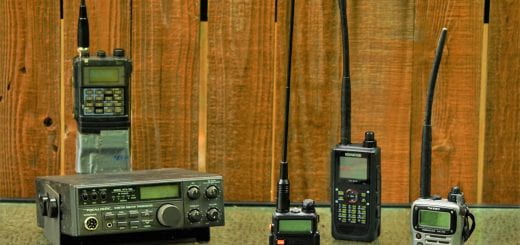SCGIS & Stanford’s Hopkins Marine Station
OK, so the only part of this entry that is related to me is that I worked to schedule this behind-the-scenes tour with colleagues that works at the Marine Station. It’s not much, but there is some very cool research going on in the world and I think it needs to be shared. As a member of the Society for Conservation GIS (SCGIS) attend and present their annual meeting on a regular basis. This year, for the first time, we managed to organize a short trip to Stanford University’s Hopkins Marine Station, the oldest marine field station on the west coast. On going research includes work on turtles, seaweed, and bluefin tuna. However, the coolest work all that that our guide, Max C. His work involves sneaking up to whales, quickly slapping on a suction cup camera/sensor system and then recording whale behavior and environmental conditions surrounding the whale for the next 6-48 hours before the suction cup gives way and the camera sensor system float to the ocean surface. Max and colleagues can record the physical mechanics of the whale swimming, how whales interact with other whales while feeding, and the temperature and pressure of the water surrounding the whale while it dives. The video from these cameras was amazing. The picture below is also linked to the some of the video.






I’ve been looking for info on this topic for a while. I’m happy this one is so great. Keep up the excellent work! สล็อต ฝาก-ถอน
The quality and quantity of work produced here are absolutely informative. Thanks for sharing. My site:: 사설먹튀검증